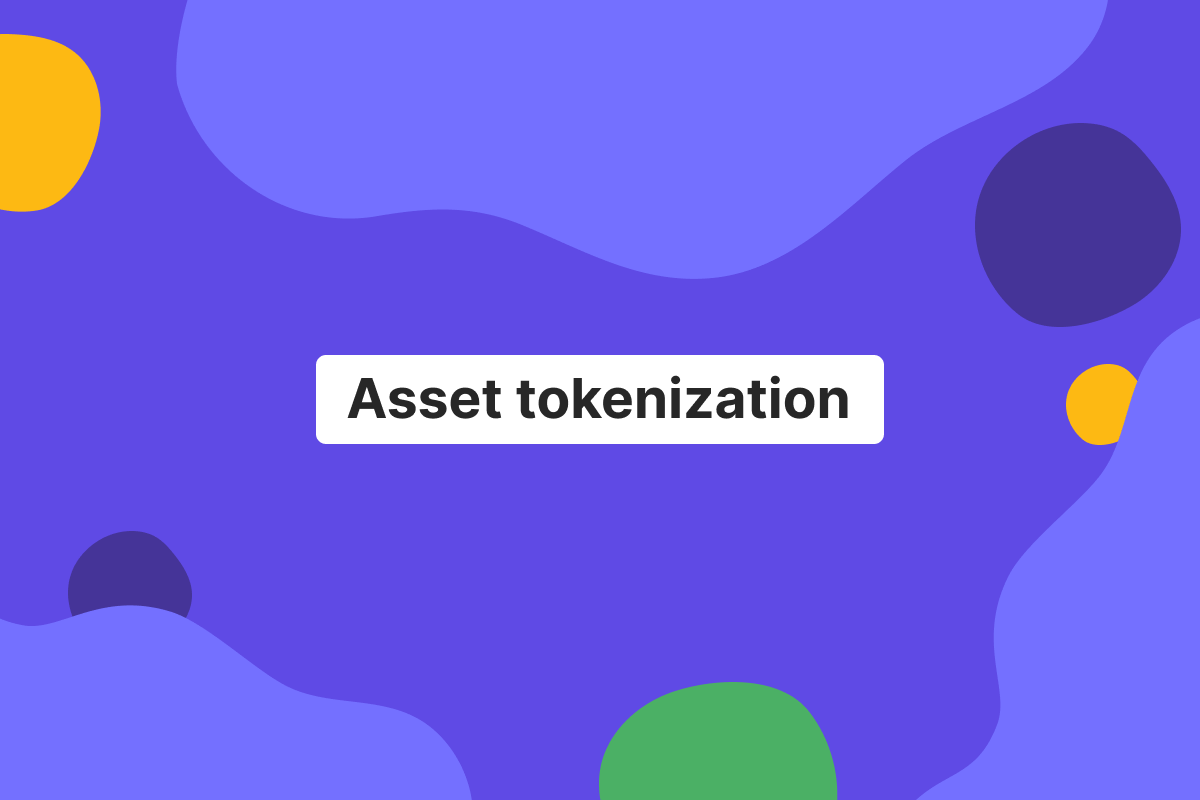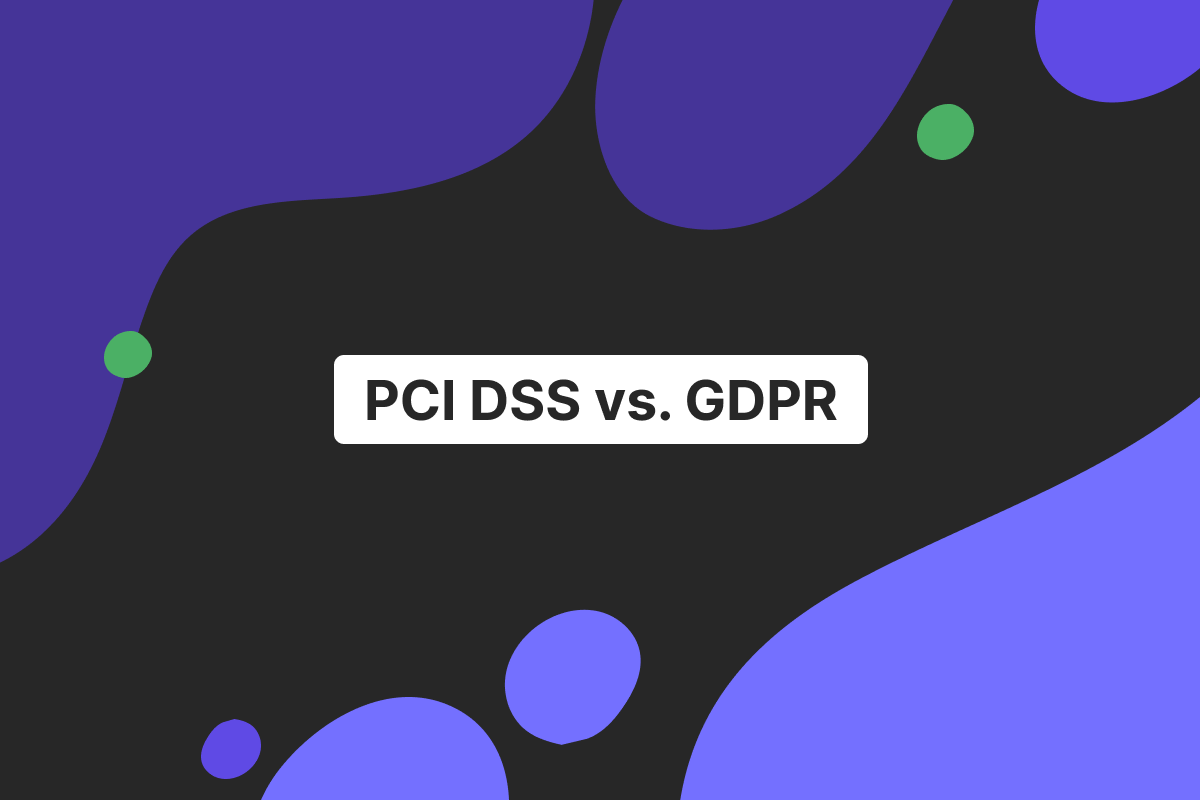Stablecoins are crypto assets whose values don’t change and that are often tied to the value of real-world assets. It has allowed them to act as a kind of bridge between any fiat currency and cryptocurrencies. While they are digital assets, they maintain a stable value, unlike other crypto assets. This stability has led to them gaining popularity for various types of transactions.
Genome is a fintech platform that supports the digital economy. Read on to learn what a stablecoin is and how they are used for cost-effective payments and other purposes.
What are stablecoins?
Stablecoins are cryptocurrencies that have been created with the idea of maintaining a consistent value, typically pegged to a reference like the U.S. dollar at about $1. It means that users can buy, hold, and sell them without worrying about price fluctuations as much as with other cryptocurrencies (volatility is reduced, not eliminated). If a stablecoin is worth $1, then it has been designed to maintain that same value. However, short-term deviations (“depegs”) can occur due to market stress, liquidity, or issuer/reserve issues.
Note: Stablecoins can be fiat-backed, crypto-collateralized, or algorithmic.
While they’re sold on cryptocurrency exchanges, they differ from traditional cryptocurrencies such as Bitcoin, SOL, and Ethereum. Those coins have volatile prices that can change dramatically from one day to the next. Stablecoins provide a steadier value that is managed via reserves/redemptions or on-chain mechanisms and can still be influenced by market conditions and liquidity, i.e., not completely “unaffected” by demand or other forces.
What are stablecoins used for in real-life situations? They can be used for certain financial services, such as international payments and purchases. They are widely used in high-inflation economies to protect assets against the devaluation of the local currency.
How do stablecoins work?
Not every stablecoin operates in the same way. There are several main ways that they maintain price stability relative to a peg (e.g., $1). To understand how they each work, we need to look at the most common types of stablecoins.
Stablecoins pegged to a fiat currency
Fiat-backed stablecoins are pegged to a fiat currency like the US Dollar or the Euro. These digital assets are backed by reserves of the currency in question. It can be in the form of cash reserves, money market funds, short-term government securities, and other cash-equivalent assets.
Tether (USDT), USD Coin (USDC), and PayPal USD (PYUSD) are all examples of such stablecoins backed by the US Dollar. Euro Coin (EUROC) and Euro Tether (EURT) are Euro-backed examples.
The growing use of fiat-backed stablecoins means that we can see others linked to various global fiat currencies. US Dollar stablecoins are the most widespread, but the likes of the Australian Dollar and the Japanese Yen are among the other currencies that have stablecoins linked to them.
In some cases, a central bank may decide to issue its own digital currency (CBDC), which is distinct from privately issued stablecoins. However, the majority of these assets are currently created by private stablecoin issuers.
Commodity-backed stablecoins
These coins are pegged to a physical asset like gold or oil. The tokens aim to track the commodity’s price, not a fiat currency. Bear in mind that the value isn’t linked to a fiat currency like the US Dollar, so it won’t be stable when compared to this asset. If the underlying commodity rises or falls in value, this will be reflected in the value of the stablecoin pegged to it.
What coins are stablecoins backed by a commodity currently? PAX Gold (PAXG) and Tether Gold (XAUt) are among the top examples pegged to precious metals.
It remains to be seen if more commodities will be used to back new coins in the future. For the moment, commodity-backed stablecoins are less widely used than those backed by fiat currencies, and adoption remains limited.
Open an account
in Genome online
Crypto-collateralized stablecoins
A crypto-backed stablecoin is based on another cryptocurrency. Since the collateral they use may be volatile, these coins are typically over-collateralized with reserves that include large amounts of crypto collateral.
Dai (DAI) (multi-collateral) and Synthetix USD (sUSD) are examples of a crypto-backed stablecoin. They use smart contracts to lock in the underlying asset that backs them.
These financial instruments rely on over-collateralization and liquidation mechanisms to maintain the peg, not on the collateral being relatively stable.
Algorithmic stablecoins
These algorithmic stablecoins ensure a steady value by controlling the supply. They are usually pegged to a fiat value (e.g., $1).
After the failure of TerraUSD (UST) in 2022, this model has become less common. However, Frax (FRAX) shows how a partially collateralized (hybrid) stablecoin can work. These stablecoins rely on the algorithm maintaining the value at its predefined level, which has proved to be difficult until now.
Benefits of stablecoins
There are several reasons why this type of financial product has proved to be extremely popular. The following are the main benefits of a stable asset like this.
Reduced volatility
The price volatility associated with traditional cryptocurrencies means that they aren’t right for everyone. The different types of stablecoins allow you to buy crypto assets with lower volatility than most crypto, although depegs and short-term deviations can occur, so value can still drop.
Faster international transfers
One of the key advantages of stablecoins is that they offer fast, efficient blockchain transfers. On supported networks with compatible on/off-ramps, settlement can be near-real-time. Note: actual speed depends on the chain and service used. It makes them a speedy and reliable medium for international transfers.
Lower fees are another reason for the growth of the global stablecoin market. Compared to traditional banking, they allow low-cost national and cross-border payments.
Easy integration
Digital wallets and other payment methods can easily be used with stablecoins. Where wallets/merchants support them, the crypto tokens can be used for a broad variety of purposes.
Easier access to financial services for someone who can’t open a standard bank account. This kind of cryptocurrency offers an opportunity for the unbanked population to gain access to a range of financial services.
Risks and challenges of stablecoins
Because of how stablecoins work, there are some areas where stablecoin challenges and risks still exist. These are among the main points you should be aware of when deciding whether to use these digital assets.
Regulatory uncertainty
Work has been carried out to clarify the stablecoin regulations around the planet. The regulatory framework is still lacking in some areas, but the signs are that we’re on the right path.
The Genius Act in the US and the EU’s Markets in Crypto Assets Regulation were both designed to protect consumers by demanding high standards from stablecoin issuers.
Expect to see more stablecoin acts added in the future. This will help these assets enter the mainstream financial system by boosting user confidence in them. For the moment, there are still a few gray areas that may lead to concerns for users.
Counterparty and collateral risks
Risks include a lack of liquidity or the stablecoin losing its peg with the assets that back it. There have also been concerns raised over the transparency of the reserves held and how they are audited.
The collapse of TerraUSD (UST) remains one of the biggest issues to hit this industry, and it deeply affected other cryptocurrencies. The way stablecoins are handled and regulated has changed since then, as current stablecoins aim to maintain their peg transparently.
It’s also always a good idea to check the past performance of stablecoins and see how their reserves are audited and regulated.
Limited adoption in some regions
Cryptocurrencies that maintain a stable value have become extremely popular in some places. Yet, global finance adoption levels aren’t the same all over the planet. The traditional banking system is more widely used in some countries.
Anyone with an internet connection can access stablecoins. It is likely to lead to greater adoption in the future, particularly in the regions and countries where traditional assets are difficult to obtain.
Open an account
in Genome online
Stablecoins vs. traditional cryptocurrencies
When weighing up these financial instruments against traditional cryptocurrencies like Bitcoin, we need to take into account a variety of factors. These are the key points that let you decide what type of digital asset suits you best in any given situation.
Use cases for payments vs. investments
Stablecoins are particularly useful for cross-border payments. Their stability aims to keep the value of the transfer unchanged (but depegs, exchange rates/fees, and on/off-ramp pricing can affect the final amount) during the process. The speed, low cost, and ease of use have seen stablecoins become a preferred method in some communities and corridors.
In countries with a high level of inflation – such as Venezuela and Argentina – stablecoins have become popular for everyday payments (often more for savings and peer-to-peer transfers; merchant acceptance and legality vary by country). In terms of investments, stablecoins fail to offer the growth potential of volatile cryptos.
Those people who want to carry out crypto trading to make a profit may also use stablecoins at times. They provide a useful resting place for funds after moving out of one cryptocurrency, while the trader works out which one to invest in next. Many exchanges and yield/lending programs also provide incentives that encourage their customers to deposit or lock their coins for a period of time (rates vary and involve counterparty/smart-contract risk).
Stability vs volatility
The difference between the stability of stablecoins and the volatility of other cryptos is the main reason why people choose them. However, it’s important to bear in mind the reason you want to use these coins before deciding which one is right for you (stablecoins target relative stability but can still depeg).
How businesses and individuals use stablecoins
Businesses are among the main beneficiaries of the price stability and ease of use that stablecoins offer. The financial sector has been transformed, enabling users to meet a variety of business needs with these digital assets.
Cross-border eCommerce
Being able to complete smooth cross-border transactions is one of the top benefits for the global economy. It’s made life a lot easier for companies that want to do business across the planet.
Freelance payments
Global freelancers also benefit from not having to receive payments in traditional currencies. They can get paid in a currency that’s easy to handle and doesn’t run the risk of losing value over time.
Corporate treasury management
These highly liquid assets can be used as a transparent form of corporate treasury. All of the holdings and transfers can be seen on the blockchain. Stablecoins can be received and transferred 24/7, removing the accessibility problems that can be encountered with traditional financial institutions.
How Genome fits into the stablecoin ecosystem
Genome acts as a convenient bridge between traditional finance and digital funds. We provide secure business accounts for startups and SMEs, with the financial services every company needs.
A multi-currency account. Your choice of IBAN accounts makes the international transfer process smoother. Simply choose the currencies that you want to work with and start moving your funds in a way that suits you.
Risk management and compliance issues are dealt with efficiently. Know your customer (KYC) and anti-money laundering (AML) are covered effectively to ensure a professional, compliant service at all times. Our smooth onboarding process is designed to get you off to the best possible start with no fuss.
Set up a business account that suits you and see how easily you can manage the digital currency you prefer to use. You can start to make the most of the modern financial world with confidence from day one when you join us.
Open an account
in Genome online






